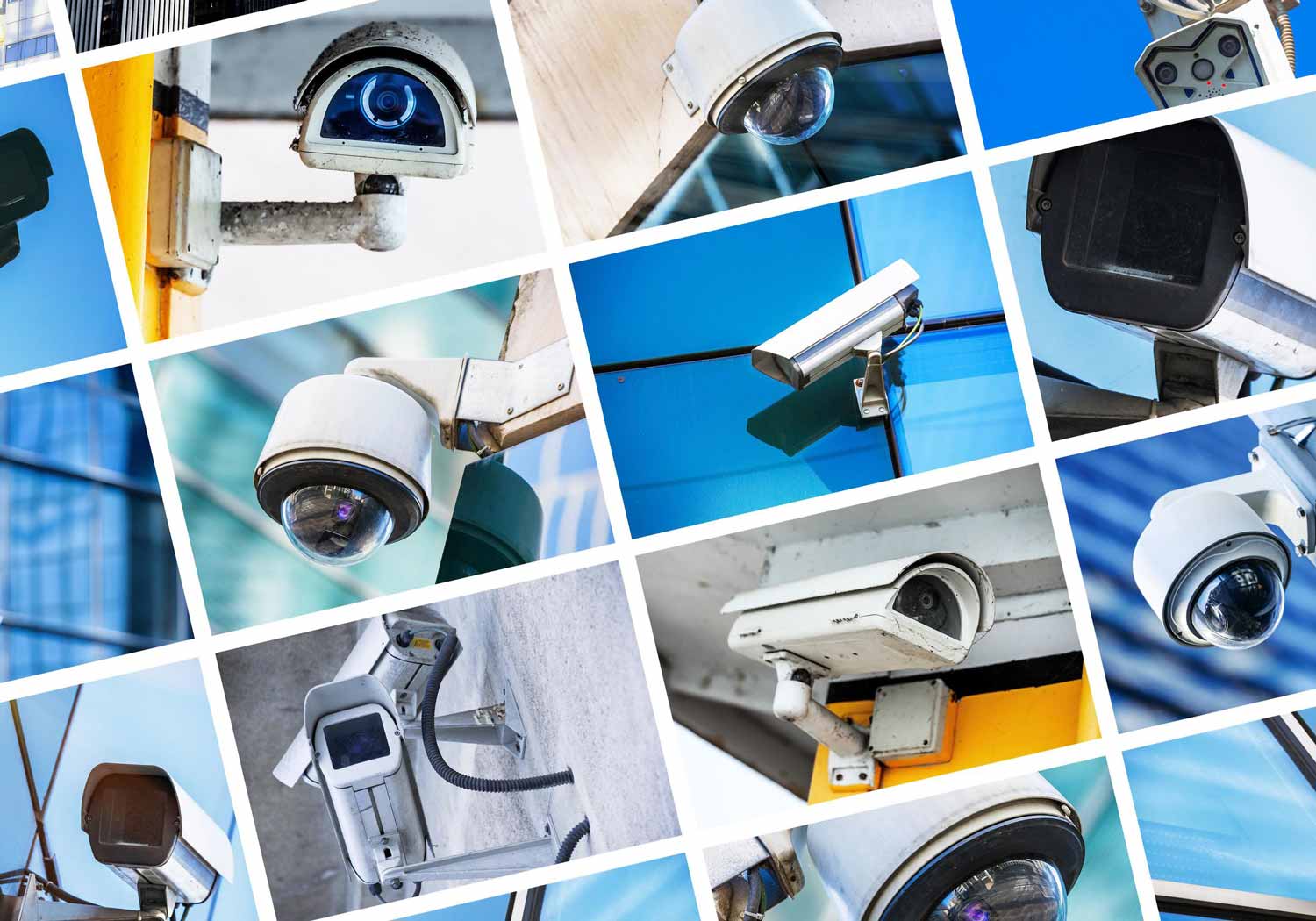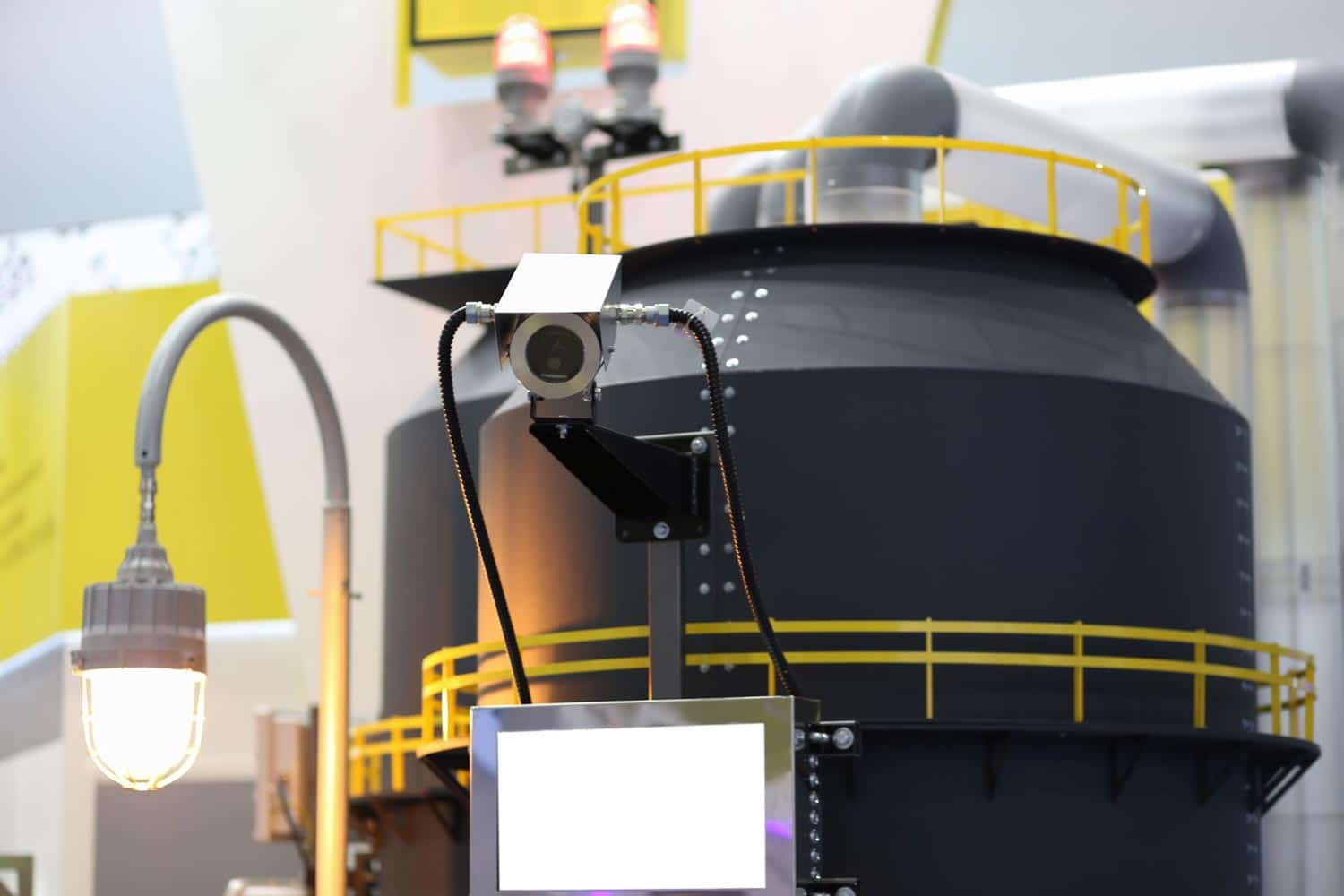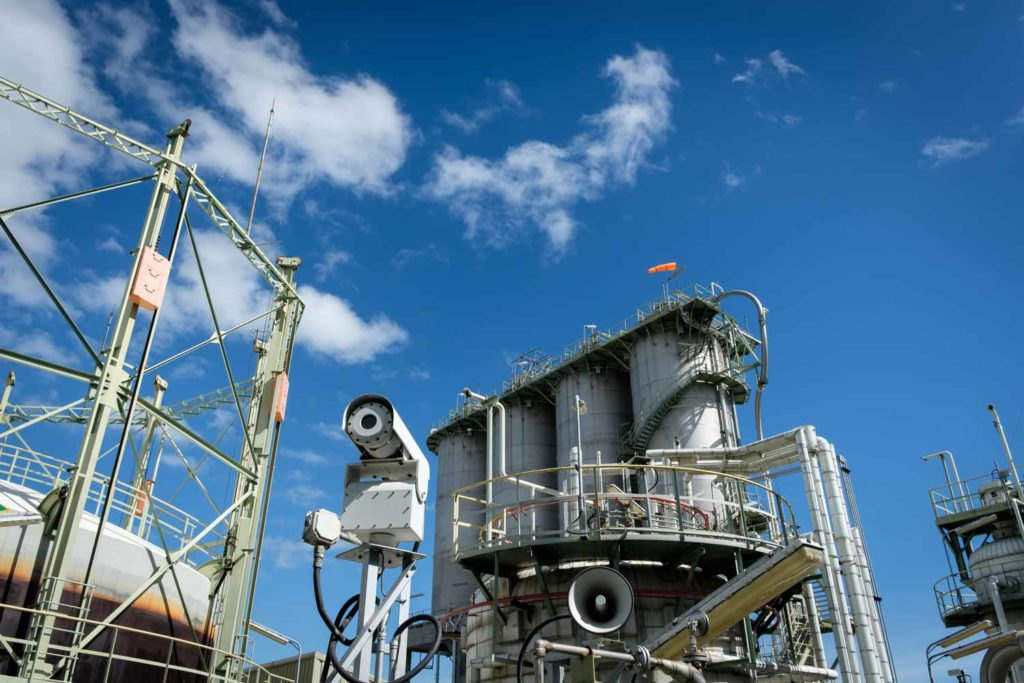Different Types of Surveillance: Features
There are many types of video surveillance cameras to choose from these days, like older analog on-premises cameras that you still see in gas stations and retail stores. Some of these still operate with an on-premise recording device like a DVR.
But video surveillance has evolved as quickly as digital technologies, and with the rise of the Internet came a host of features. This includes smart cameras equipped with artificial intelligence and solar powered IP cameras that aren’t hooked to the grid at all, but which still transmit footage by using the 4G or 5G wireless network.

If you’re looking at the features of these cameras, you should consider some of these options:
- Bullet vs. dome cameras are the first basic choice to consider. Bullet or dome refers to the basic shape of these tools. Both are common CCTV camera style types. Both can work in or outside and you can add a host of features to these tools. Bullet cameras are named for their cylindrical shape. They’re easy to recognize as a camera, and as a result, can act as a deterrent to a criminal. Dome cameras are more discreet and can be tucked away on a ceiling, either indoors or out.
- Indoor vs. outdoor cameras can share many of the same features, such as infrared night vision or remote viewing over the Internet. But outdoor cameras are built more ruggedly for obvious reasons—they must be watertight and weatherproof.
- Day vs. night video surveillance requires different tools to get the job done. There is some confusion around low light security cameras. It’s possible today to purchase a day and night camera that can see images at both times. These tools automatically switch from color during the day to black and light when lighting fades. These tools can see in very low light, often with infrared. Infrared uses LED sensors built into the camera to detect an infrared heat source. You can’t see infrared with the naked eye, but these cameras can! These types of specially equipped cameras can give a more detailed video image even when the lighting is poor.
- Fixed vs. mobile cameras have come a long way since the old analog days! Today, HD images can be captured with a wire-mounted fixed video camera or an IP-enabled wireless camera for your property or office. In the past, commercial security camera systems were almost always fixed or hard-wired solutions. These were the best choice for crime or workplace monitoring, but they were always an expensive option. Today, many of these fixed cameras are being replaced by wireless video cameras that make use of the Internet to transmit data security in real-time straight to your mobile device.
- Static vs. smart cameras are the latest types of features revolutionizing the video surveillance industry. Static cameras are simply recording tools. While useful, they do not incorporate software that makes them more intuitive for businesses or homeowners to use. Today’s smart cameras use increasingly sophisticated artificial intelligence (AI) algorithms in their software that allow the end-user to program automated responses into the tool.
AI video cameras have motion detection and can be set to cover certain geographical perimeters. They can flag certain activities, like opening a door. Even better, they can be programmed to respond to that flag in a variety of ways, from sending you an urgent text, blaring an alarm, or sending an automated response to a 911-dispatcher. - Cloud vs. on-premises recording is also an option today. On-premises recording of your video imagery is usually accomplished with the use of a DVR recording device. But video takes a lot of bandwidth. Individuals and businesses are opting instead to store their video camera footage in the cloud.
These are just some of the different features found in video surveillance equipment today.
Different Types of Surveillance: Applications

At Pro-Vigil, we work with companies in a variety of industries to install state-of-the-art video surveillance with the latest in intelligent technologies to help:
- Oil and gas companies patrol remote sections of pipelines in unpopulated areas.
- Car dealerships with multiple points of egress that no human security guard could keep up with.
- Landlords faced with vacant buildings and undeveloped land to protect.
- Construction firms monitoring worker safety compliance.
- Self-storage facilities securing their customers belongings.
Modern video surveillance tools are a necessary and useful part of the American infrastructure today. The technology has evolved into some of the most sophisticated tools around to keep our families and businesses safe. Talk to Pro-Vigil about commercial security camera systems today.







